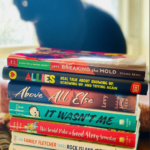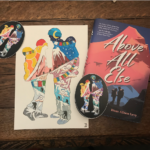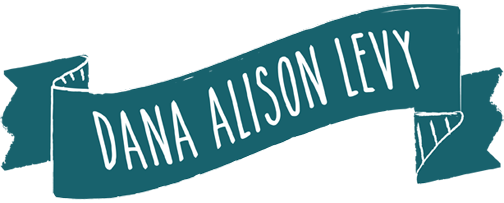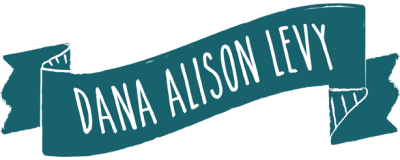Gratitude and Awareness: Doing Thanksgiving Right
Happy Thanksgiving to my American pals! Here’s hoping there is a day full of the kind of celebrating that you love best. For me that’s family, a mildly obsessive level of fussing over the gravy (but really, you should taste my mom’s gravy), enough people to feel celebratory but not so many that it feels stressful, and, maybe more importantly, a chance to reflect with gratitude.

I am grateful for cake!
What my Thanksgiving does NOT include are stories of Pilgrims and Indians sharing their first meal, a story that erases this country’s painful history. If we are honest, our origin stories are not of shared meals, but of genocide and cultural annihilation. Most of us remember dressing up in school; many of us remember our own kids doing this too, not so long ago. Kids are still doing it today, and it’s a problem; a big, painful problem that underscores the larger problem in this country of not being willing to face our own stories.
Below are a few really amazing links for #DecolonizingThanksgiving. If you are an educator maybe save these and look at some of the lesson plans for next year. If you’re a parent maybe consider some of these picture books to read around the table, or, with older kids and adults, some of these topics for conversation.
Let’s use this time to be grateful, yes. And of course to eat (because did I mention the gravy?? I’m just saying…) But also to reconsider our stories, our myths, and think about how to make them better.
Decolonizing Thanksgiving: A Toolkit for Combating Racism in Schools has great resources on books for all ages, as well as sample letters parents can use to address concerns at their kids’ schools. To quote the author, Lindsey Passenger Wieck: “By taking a decolonizing approach to teaching about Thanksgiving, teachers and families reject the myths of Thanksgiving and harmful stereotypes about Native peoples. Instead, teachers and families can de-romanticize this holiday, by engaging Native perspectives that recognize the diversity of Indigenous peoples and their contemporary presence in 21st-century America.”
Another great resource is from the publisher Lee & Low, which publishes great diverse titles. In a blog post they write about A Culturally Responsive Approach to Discussing Thanksgiving in the Classroom. Again there are great book titles and activities that can be done at home or school.
And finally, The National Council of English Teachers (NCTE) has put together We Can Do Better: Rethinking Native Stories in the Classroom. In this article they quote Debbie Reese, an educator and thought leader on native representation, and she writes, “When teachers use Thanksgiving as the vehicle for their instruction about Native peoples, they are inadvertently locating Native lives in the past…The key ideas are to choose books that are tribally specific (that name a specific tribal nation and accurately present that nation), written by Native writers, set in the present day, and relevant all year round, keeping Native peoples visible throughout the school year.”
So enjoy the day, friends, and remember to be grateful. My gratitude is for my family, my friends, both in person and the online writing community that educates, inspires, and challenges me, and for the gorgeous world we live in.
(And of course, for gravy).












Recent Comments